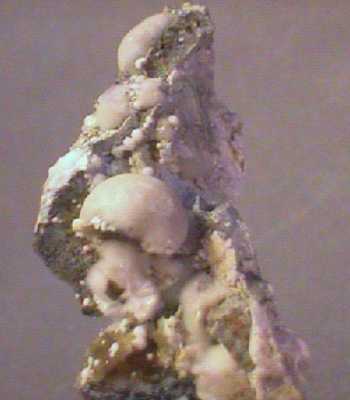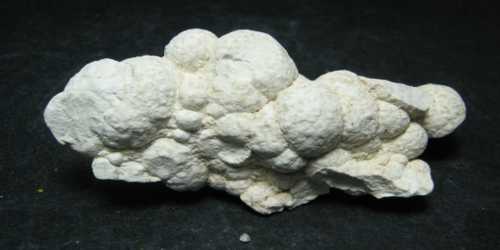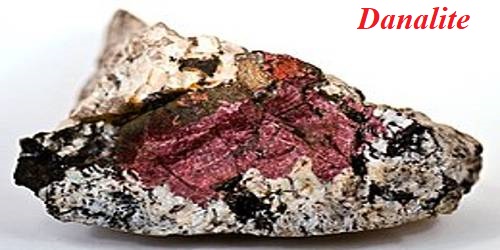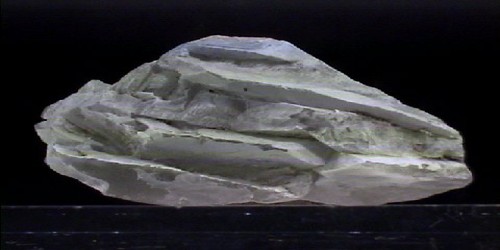Hydromagnesite is a hydrated magnesium carbonate mineral with the formula Mg5(CO3)4(OH)2·4H2O. It is a mineral consisting of a basic magnesium carbonate occurring in the form of small white crystals or chalky crusts. It is the most common cave carbonate after calcite and aragonite. It thermally decomposes, over a temperature range of approximately 220°C to 550 °C, releasing water and carbon dioxide leaving a magnesium oxide residue. It was first described in 1836 for an occurrence in Hoboken, New Jersey.
Commercial exploitation of the minerals began in the late 70s and early 80s with the mineral being exported worldwide. The Greek deposit is still operated commercially, although the world’s largest commercially operated reserves are in Turkey.
General Information
- Category: Carbonate mineral
- Formula: Mg5(CO3)4(OH)2·4H2O
- Crystal system: Monoclinic
- Crystal class: Prismatic (2/m) (same H-M symbol)

Fig: Hydromagnesite – a hydrated magnesium carbonate mineral
Properties
One of the largest deposits of hydromagnesite exists in Greece. It consists of a natural mixture with huntite. Local people have used the white mineral as a source of material for whitewashing buildings for centuries. In the mid 20th century the minerals, ground to a fine powder, found use as a filler for rubber shoe soles. The locals used the granite mills designed for grinding wheat.
- Formula mass: 467.64 g/mol
- Color: Colorless, white
- Twinning: Polysynthetic lamellar on {100}
- Fracture: Uneven
- Tenacity: Brittle
- Mohs scale hardness: 3.5
- Luster: Vitreous, silky, pearly, earthy
- Streak: White
- Diaphaneity: Transparent to translucent
- Specific gravity: 2.16 – 2.2
- Optical properties: Biaxial (+)
Occurrence
It generally occurs associated with the weathering products of magnesium-containing minerals such as serpentine or brucite. It occurs as incrustations and vein or fracture fillings in ultramafic rocks and serpentinites. It occurs in hydrothermally altered dolomite and marble. It commonly appears in caves as speleothems and “moonmilk”, deposited from water that has seeped through magnesium-rich rocks.
Uses
Its most common industrial use is as a mixture with huntite as a flame retardant or fire retardant additive for polymers. Hydromagnesite decomposes endothermically, giving off water and carbon dioxide, leaving a magnesium oxide residue.
Information Source:
















